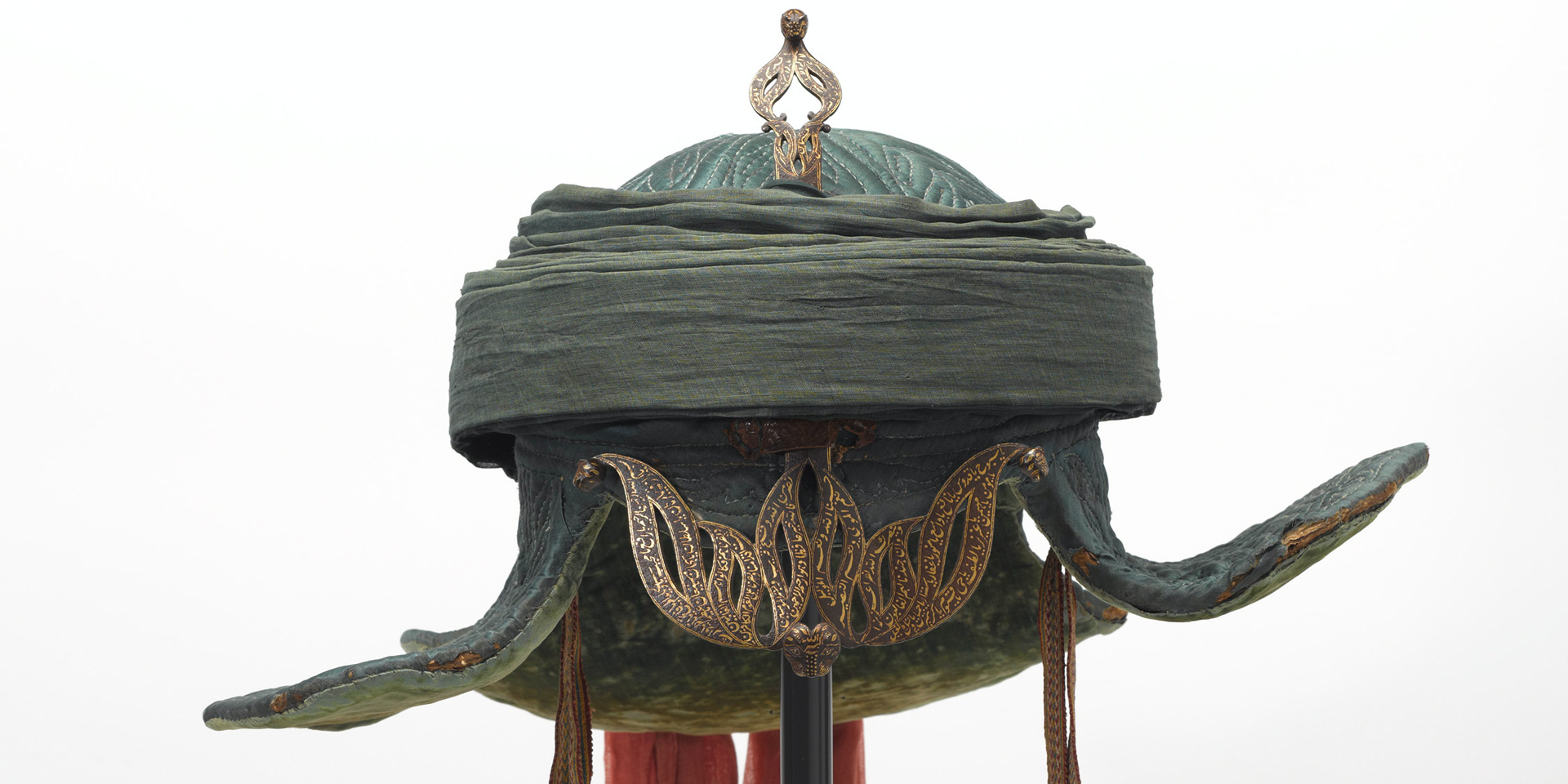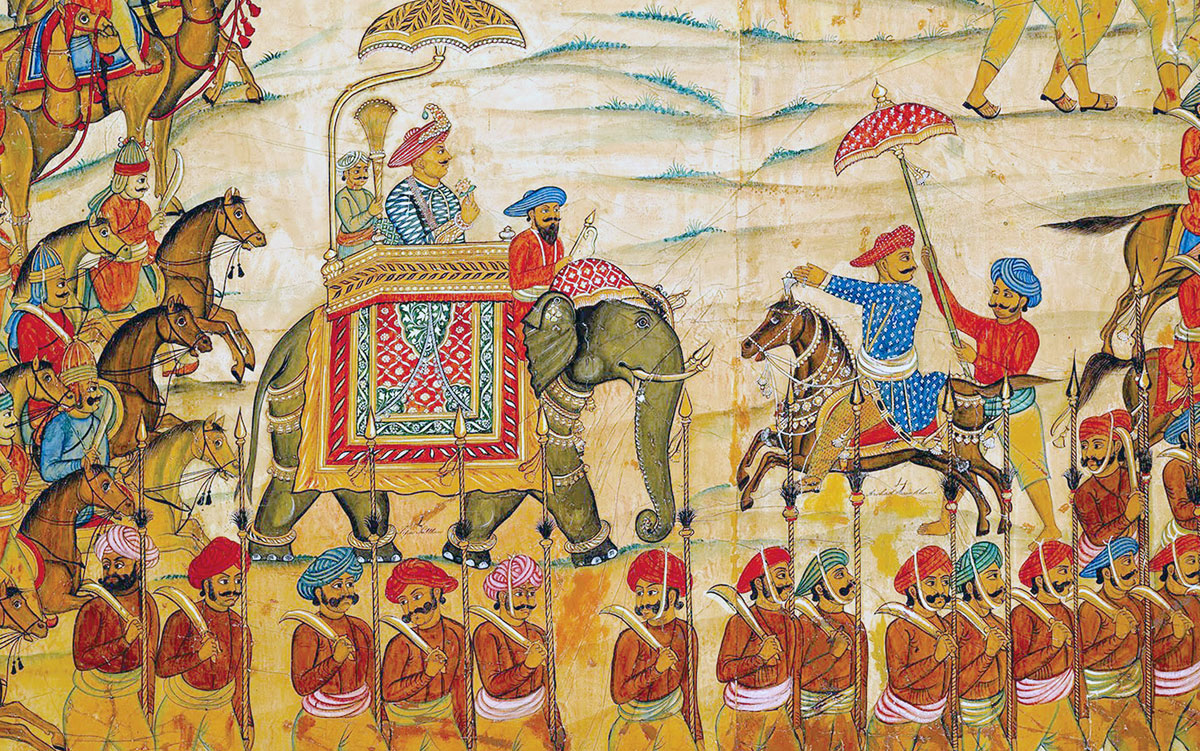Ambling through the rooms and hallways of the Sri Jayachamarajendra Art Gallery, housed in the handsome Indo-saracenic building of Jaganmohan Palace, fills one with the beauty of 20th century artworks from across India.
Artworks of Gaganendranath Tagore, Abanindranath Tagore, S.L. Haldankar, Nicholas Roerich, K. Keshavaiah, M. Ramanarasiah, G.L.N. Simha and many more stalwart artists grace the hallowed walls. Consuming the visual ambrosia as one reaches the second floor hall, the huge oil on canvases of Raja Ravi Varma overwhelms with its drama. Among the ten or twelve canvases of this artist par excellence, the 'Galaxy of Musicians' is unique.
The composition reminds one of a group portrait. It strongly resembles a photograph of a group of female students of Maharani’s College contemporaneous with the painting. What differentiates the painting from the photograph, though, is the fact that eleven ladies in two rows, have been dressed in variety of costumes each representing different regions of India like Malabar, Tamil, Maratha, Lucknow, Parsi, English, Rajasthani, etc. Four of them are playing stringed instruments like a Saraswati Veena, violin, sitar and a sarangi, the Parsi lady is holding up a hand fan, the Lucknow girl looks like she is performing a thumri on kathak while others gaze out or towards the onlooker.
It seems like the artist’s favourite muses from across the length and breadth of the sub-continent have assembled within a frame decking up in their finest drapes and jewels. The essence of India through its feminine beauty has been depicted here, one might presume.
Probably Raja Ravi Varma was the first artist to symbolise Bharatmata in a composite portrait like this. He might have titled it as ‘Galaxy of Musicians’, but in reality he brought all the regions of India symbolically as the beautiful maidens and made them sing a common song of a single nationhood, a united and free India.












